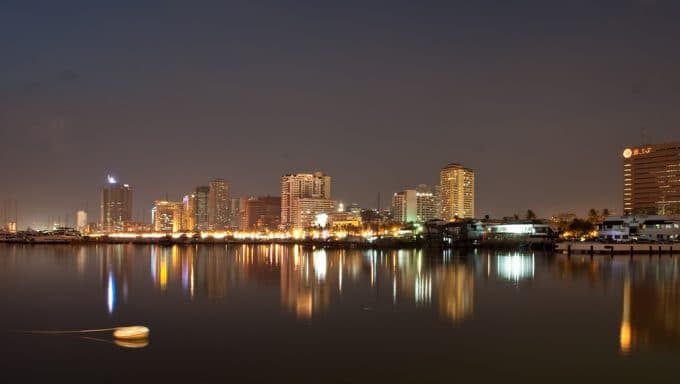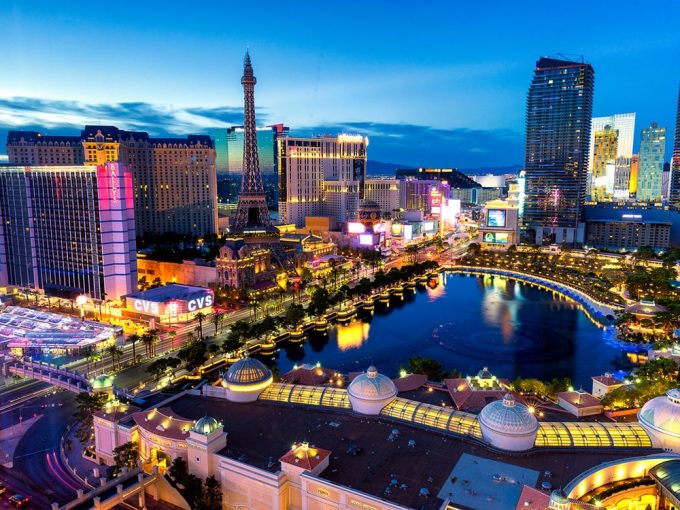Today, we’re looking at the major cities at risk following the consequences of global warming. The threat of climate change has been announced, told and repeated. The number of articles warning us about the sea-level rise, flooding, severe storms is countless.
What makes climate change such significant international issue is that it touches people beyond continents, levels of development and nationalities.
The following points will introduce the problems caused by global warming that densely populated cities face nowadays.
Manila, Philippines

Photo by Ree Dexter, Creative Common License CC 2.0
While the Philippines has often been the victim of powerful typhoons and storms, such as the Typhoon Mangkhut in September 2018, the city in the Philippines that has experienced the most consequences of global warming is Manila. The rising global temperature increases the strength and frequency of typhoons and affects the lives of many locals. The heavy rain and strong winds cause landslides, which result in the destruction of houses and essential infrastructures like power lines and water management. As the global temperature rises, typhoons appear more frequently and worsen the situation.
The recurrent flooding also has a negative impact on the food resources of the country. The population heavily relies on agriculture. Naturally, landslides and floods brought by typhoons destroy most of (if not all) the crops. Therefore, farmers must consistently buy and grow new crops and raise the prices of their products to stay economically viable. For the general population, the aftermath of a typhoon often brings inflation. Thus, food security for Manila has become an indirect effect of climate change.
Las Vegas, the United States of America

Photo by Daniil Vnoutchkov, Public Domain
Many cities in the U.S. are already affected by the overexploitation of natural resources. One example is the city of Las Vegas, located in the Mojave Desert. Internationally, the city is dubbed the “Live” Entertainment Capital of the World and is known for its exciting nightlife, glamorous events and luxurious way of life. To some extent, Las Vegas is an excellent example of human progress and foolishness. But the desert is one of the aridest in the world and yet 40 million people visit Las Vegas every year. The expansive life and entertainment infrastructure require gallons of water, a scarce resource in that part of the country.
In August 2018, projections indicated that the water reservoir supplying Las Vegas will empty by late 2019. The city usually takes its water from the Colorado River whose water level has been tremendously affected the past few years due to the overexploitation of the resource. Given that the Colorado River is the main source of water for 40 million Americans, the heavy cost of global warming and the overexploitation of natural resources will soon affect many U.S. families.
Shanghai, China

Photo by Wolfram K, Public Domain
For a city to be at risk of climate change, it does not necessarily need to be in extreme weather locations. Many global cities home to millions of people are under threat of flooding. The concern for urban populations is their lack of understanding the climate realities. Living surrounded by polished skyscrapers, the heavy rains and severe droughts haven’t yet affected those cities located in continental climates. Still, it is their precise location near the sea that could become a source of danger.
The abnormal fast-melting of Arctic icebergs has already caused the sea level rise of 77 millimeters in 2017 (the highest annual average since 1993). In the case of Shanghai — home to 25 million people — the use of groundwater and the construction of heavy buildings have lowered the ground level and increased the risk of flooding from the ocean. Tokyo, London and Bangkok are among the megacities under the threat of flooding.
The highest risk for people living in those big cities is disinformation about life on our planet. It is so easy to get caught in the busy urban life and forget about the world outside of the concrete walls. Still, whether they live in the northern or southern hemispheres, climate change has already and will continue to overturn the lives of millions of people in the years to come.
